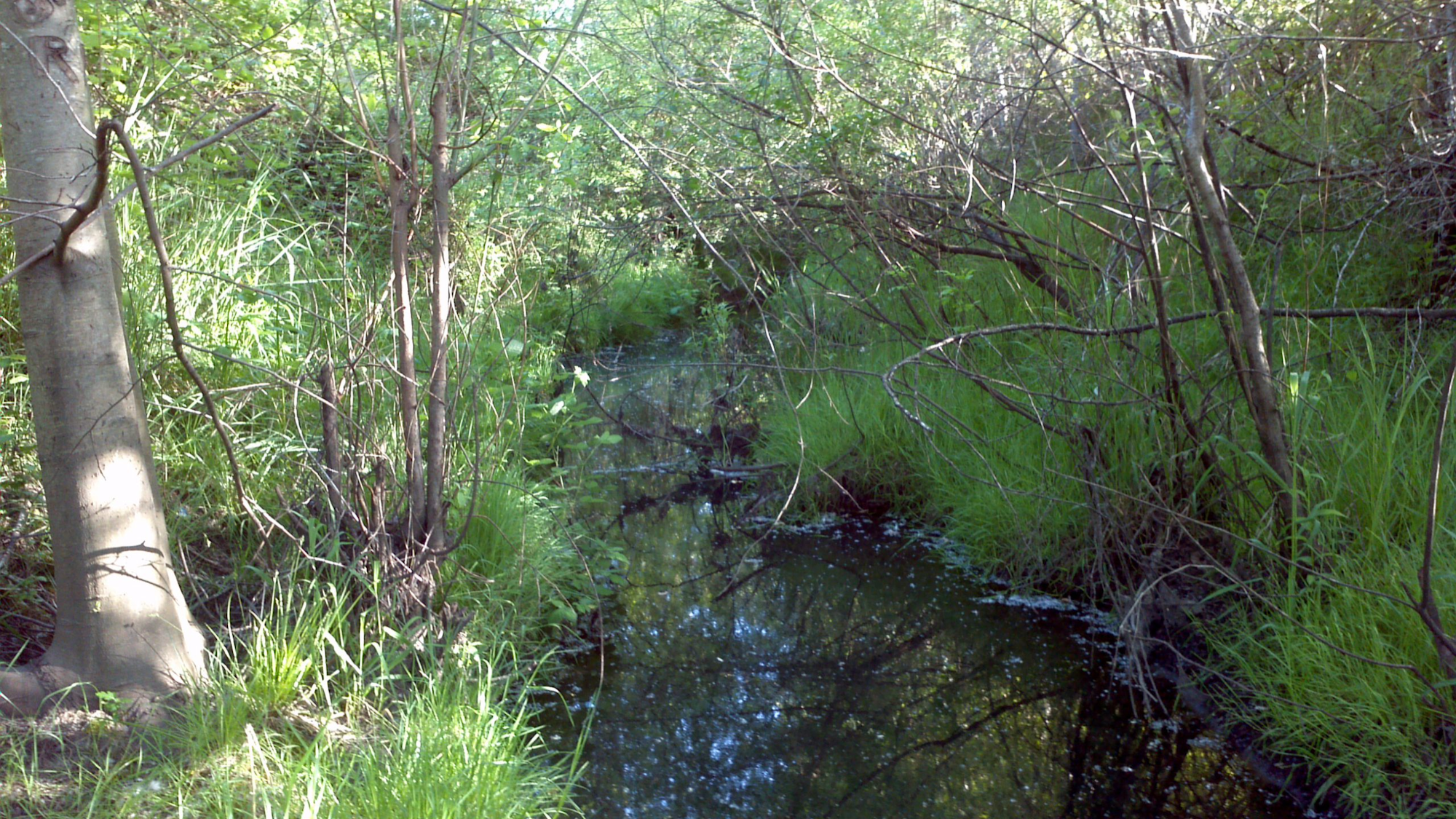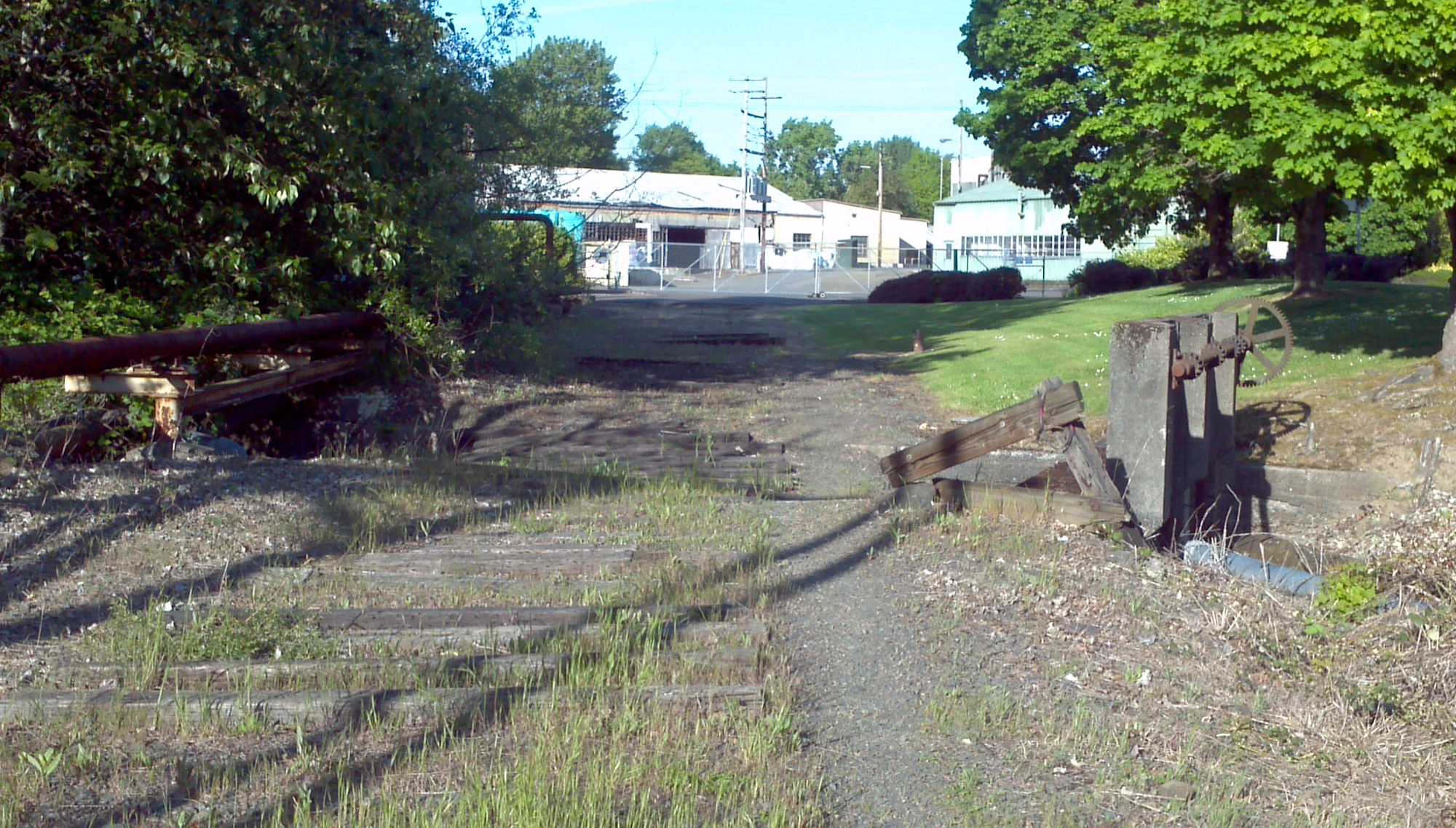The Dirt | Southtown’s Mill Race: Community Benefits

The Mill Race was once a clean source of energy that powered the beginning of industry in Corvallis. The mills are no longer in operation, but the Mill Race continues to provide important services to South Corvallis. Many people find peace by being outside near natural beauty. As a new resident of Southtown, I appreciate the natural beauty of this green corridor running through my neighborhood. Residents will be able to enjoy more of the Mill Race when construction of a new trail along the old railroad spur that runs east-west on the south side of Hollingsworth and Vose is complete.

The flowing water and streamside vegetation provide habitat for many fish and wildlife species. Native snowberry, Oregon ash, twinberry, willow, rose, cottonwood, and big leaf maple thrive along the creek, as well as invasive blackberry and English ivy. Mallards have been seen enjoying a quiet spot in the creek. Song birds make use of the streamside trees and shrubs and deer wander along the creek. Several fish species were recently found in the Mill Race, including northern pike minnow, sculpin, stickleback, and bluegill, all of which are tolerant of poor water quality (1). According to citizen scientist Jeff Schiminsky, biologists have confirmed that Chinook salmon use the Mill Race for refuge and forage. Unfortunately, summer water flow in the Mill Race is too low to provide good habitat for fish and the water is polluted.

Perhaps the most important current function of the Mill Race is that it drains stormwater from streets, parking lots, lawns, the golf course, and roofs throughout its drainage basin. Most of the water flowing through the Mill Race in hot weather is likely to contain pollutants, such as heavy metals, fertilizers, pesticides, hydrocarbons, and trash. The City of Corvallis is interested in installing bioswales to decrease the amount of pollution entering streams through storm drains. Bioswales are engineered filtration systems capable of removing toxins from stormwater. The first bioswales to control drainage into the Mill Race were constructed between 2011 and 2013 at the First Alternative Natural Foods Coop on 3rd Street. In 2014, three different bioswale designs were constructed near Avery Park at the Benton County Public Works Department. They treat runoff from the 2.3 acre property before the water reaches the Mill Race. The water leaving the three bioswales is being monitored to determine which style to install at other locations.


